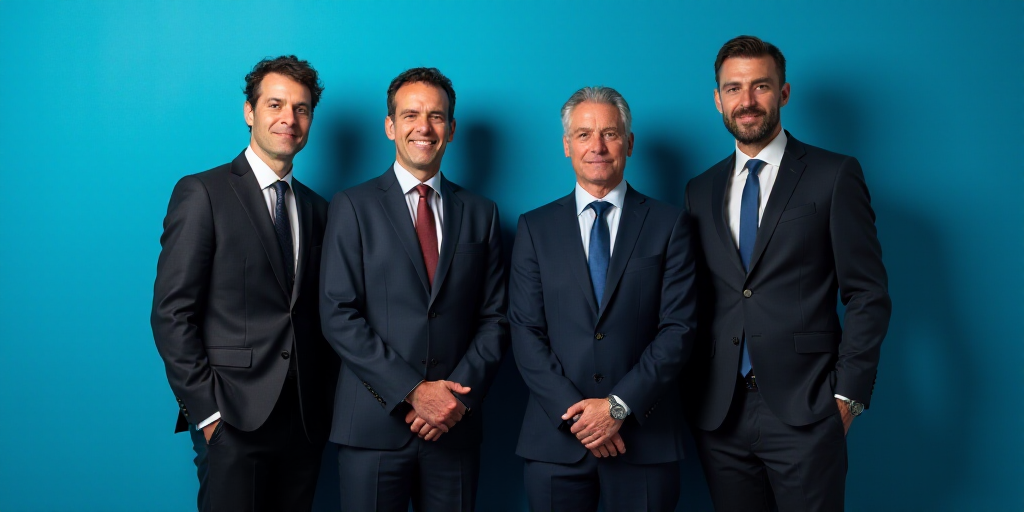Background on Key Figures and Relevance
The North Atlantic Treaty Organization (NATO) leaders recently committed to increasing their annual defense spending to 5% of their Gross Domestic Product (GDP) by 2035, responding to demands from U.S. President Donald Trump and growing concerns about Russian threats following the 2022 invasion of Ukraine. This decision aims to reduce NATO’s reliance on the United States for defense spending.
Mark Rutte, the Secretary General of NATO and former Prime Minister of the Netherlands, acknowledged the difficulty for European countries and Canada to find additional funds but emphasized its importance due to the Russian threat and global security situation.
Key Actions and Impact
- Historical Agreement: NATO leaders agreed to increase defense spending to 5% of GDP by 2035, a significant jump from the current target of 2%.
- Defense Spending Breakdown: The new target requires spending 3.5% of GDP on basic defense (troops and armaments) and 1.5% on broader defense measures such as cybersecurity, pipeline protection, and infrastructure adaptation for military vehicles.
- España’s Exception: España stated it does not need to meet the new target, claiming it can fulfill its commitments by spending less.
- Ambiguous Agreement with Pedro Sánchez: Rutte reached an ambiguous agreement with Spanish Prime Minister Pedro Sánchez to give Trump a diplomatic victory and ensure a smooth summit.
- Sidelined Ukrainian President: Volodymyr Zelenskyy, the Ukrainian President, had to attend the pre-summit dinner instead of the main meeting on Wednesday, although he was scheduled to meet Trump separately.
- Orban’s Dissenting Opinion: Hungarian Prime Minister Viktor Orbán downplayed NATO’s role in Ukraine, stating Russia posed no real threat to the alliance.
Key Questions and Answers
- Q: Who are the key figures mentioned in this article?
A: The key figures include Donald Trump, the U.S. President; Mark Rutte, NATO Secretary General and former Prime Minister of the Netherlands; Volodymyr Zelenskyy, President of Ukraine; and Viktor Orbán, Prime Minister of Hungary. - Q: Why is this NATO summit significant?
A: The summit is significant because NATO leaders agreed to increase defense spending to 5% of GDP by 2035, addressing concerns about Russian threats and reducing reliance on the United States. - Q: How will the new defense spending target be allocated?
A: The new target requires spending 3.5% of GDP on basic defense (troops and armaments) and 1.5% on broader defense measures such as cybersecurity, pipeline protection, and infrastructure adaptation for military vehicles. - Q: What is España’s stance on the new defense spending target?
A: España stated it does not need to meet the new target, claiming it can fulfill its commitments by spending less. - Q: How did the summit address concerns about Russia?
A: Despite differing opinions, such as Hungary’s Prime Minister Viktor Orbán downplaying Russia’s threat, the summit emphasized the importance of increased defense spending in response to growing concerns about Russian aggression.






